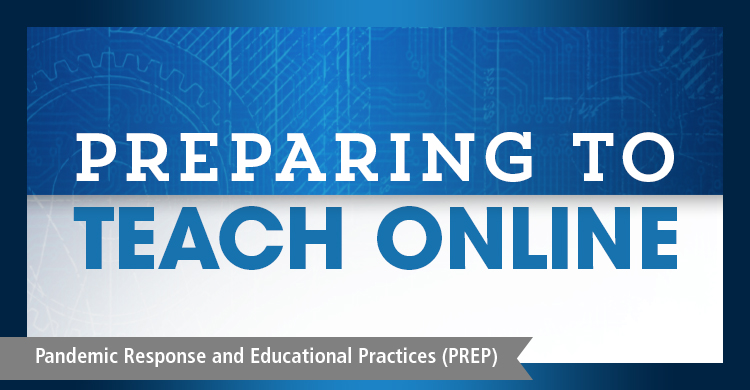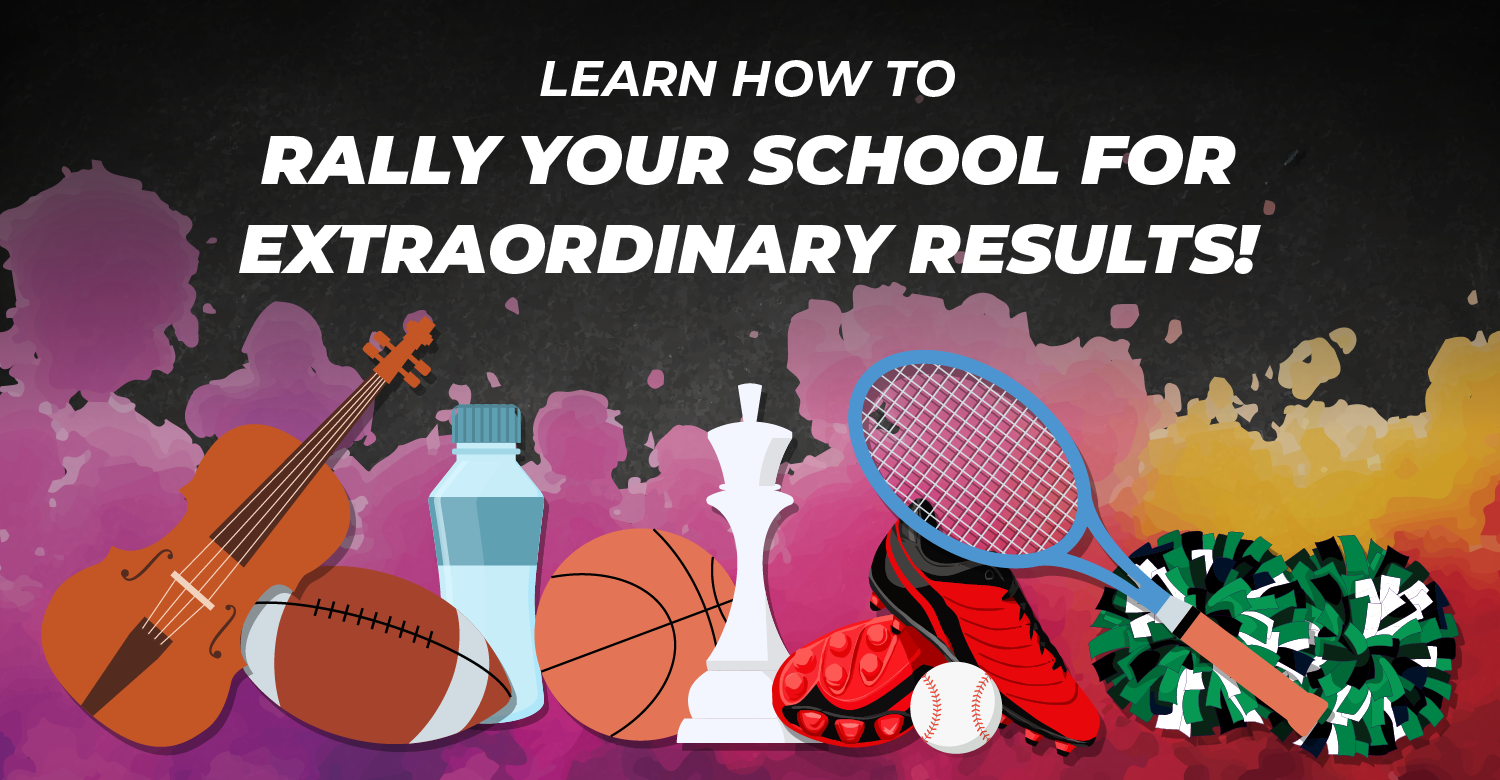This entry is the 13th in a blog series called Pandemic Response and Educational Practices (PREP), which aims to highlight and further the important work educators are doing amid the worldwide COVID-19 crisis.
Based on Creating the Anywhere, Anytime Classroom
“I’ve been teaching for 24 years, and I am now being asked to teach online. I love my job, and when it comes to teaching, I feel like I know what I’m doing. But in this moment, I don’t know where to begin.”
—Gloria, fourth-grade teacher
What’s new? Three lesson delivery archetypes
Gloria’s situation is not unfamiliar. In fact, over the last six months, millions of teachers everywhere have been asked to suddenly transition from traditional face-to-face instruction to working either fully online or in some type of blended-learning configuration. Her feelings of despair and frustration come in the face of simply being unsure how to handle this uncharted territory.
What we have learned with working with teachers in the last several months is that the best way for them to accommodate this new situation is to start with what they already know. We must begin with our best-practice approaches to pedagogy, and then strategically position these offerings at a distance.
In this article, I’ll share with you the three lesson delivery archetypes and help you reflect on how to think about these options in maximizing student learning. Knowing these approaches will help teachers like Gloria feel confident taking what you already know and applying it in a fully online or blended learning environment.
Let’s cover the four essential lesson delivery modalities:
Synchronous Learning
Synchronous learning involves face-to-face instruction. We are all in the same room with each other, and we are experiencing the learning event together at the same time. This is the learning we grew up with and have come to associate with traditional learning experiences.
- Advantage: With this modality, you can more quickly build trust and establish authentic relationships between and among students and with teachers and staff. This modality is also advantageous for students who struggle with technology and/or use writing as a primary modality of communicating.
- Disadvantage: Students who are fast retrievers often like face-to-face instruction because they can respond quickly to a teacher’s question. However, students who are quietly contemplative and deep thinkers often won’t be comfortable communicating their wisdom in a synchronous classroom, most often because they get overwhelmed by the pace. Also, overwhelming peer pressure can create a great deal of distraction in a synchronous learning environment, in some cases, creating a crippling disconnect.
Cyber-Synchronous Learning
Cyber-synchronous learning is just like synchronous learning. However, it’s delivered through technical enhancements such as Zoom, Teams, or Google Hangouts. It’s face to face in a cyber way, and it takes place at the same time, generally in unison with others.
- Advantage: With this modality, you can once again quickly build trust and establish authentic relationships between and among students and with teachers and staff. Also, teachers and students alike may feel a deeper degree of sharing and connection because the camera takes viewers inside one another’s home. Also, teachers can very quickly get feedback with real-time quizzes, questions and answers, and the ability to show work in some cases, all at once.
- Disadvantage: As discussed with synchronous learning, the ability to respond quickly and in real time isn’t always a pathway toward the deepest levels of learning and understanding.
Asynchronous Learning
Asynchronous learning is the approach that allows us to provide learning experiences, create discussion or dialogue opportunities, and to assess learning progress without actually being together in the same place at the same time. You might have taken a graduate school class at some point and learned asynchronously with your professor posting content and you posting responses to classmates and to your instructor at a time that was available to you.
- Advantage: Students who are intimidated by traditional learning environments often blossom with the opportunity to express themselves in a prepared, thoughtful way, with time to carefully reflect on the work they share or express. This modality also allows teachers to ask deeper questions that may require collaboration with other students or the pursuit of resources outside of class. This modality also is advantageous for students who have slight hearing or visual deficiencies, in that they can go back and reexamine posted or presented material. This modality is also good for students who like to observe instruction more than once en route to understanding and application.
- Disadvantage: Students who aren’t strong in writing or are undisciplined and don’t have the ability to stay engaged might struggle and get off task with asynchronous learning opportunities that have multiple steps and take a long period of time to complete.
Blended Learning
Blended learning is an approach wherein we use synchronous, cyber-synchronous, and asynchronous learning strategies strategically, mixing approaches based on the desire to build the best learning experiences for students. The key to the best application of blended learning is to utilize each modality to help overcome the weakness of other modalities, and the strengths of the preferred approaches. Based on this knowledge, this is what Gloria did in executing her unit on volcanoes. Keep in mind, she worked on a team in her PLC, with teachers collaborating to come up with this approach:
Fourth-Grade Unit
Volcano Discovery
Unit Introduction: Demonstration on the power potential and longitudinal, geographic impact of volcanoes.
- Synchronous demonstration and use of manipulatives, including volcanic rock. The rationale for this approach would include the ability to build collegiality between students and the establishment of collective excitement about the unit.
- Cyber-synchronous plans had to be established to the pandemic. As a result, the teacher demonstrated the in-class experiment and was able to zoom in on the in-class manipulatives while sharing videos of famous volcanic activities.
- Asynchronously, she posted videos of the experience and then posted a follow-up assignment for groups to conduct further video discoveries on the Web and to write a collaborative synthesis based on what they found. She gave them several days to work and checked in on their progress in the asynchronous learning environment.
Gloria met with her team and reflected on the unit. Even though she was uncomfortable being unable to provide the face-to-face learning experience she was used to, she was pleased to discover how many multiple views her posted video received, indicating to her that the students had studied and reflected on the experience with greater repetition and perhaps more robustly than any other time. Her blending of these approaches allowed her to take her natural instincts and experiences as a teacher and enhance them.
“Instead of feeling overwhelmed and terrified, I feel empowered. Now each and every lesson I teach gives me a chance to see that learning experience differently. I can use synchronous, cyber-synchronous, and asynchronous tools to maximize engagement, learning, and the opportunity to improve results.”
—Gloria, fourth-grade teacher
Conclusion
This pandemic won’t last forever. However, Pandora’s Box has been opened. The generation of learners that we are serving today have an appetite for learning online, and that appetite won’t be quenched by ignoring the tools that are available today to maximize learning.
Continue to use what you know about teaching and learning, and then get strategic about synchronous, cyber-synchronous, and asynchronous learning modalities to achieve the perfect blend.
Our 2017 publication, Creating the Anywhere, Anytime Classroom: A Blueprint for Learning Online in Grades K-12, was authored at that time for the growing number of teachers who were working in fully online learning environments and for those teachers who were using blended-learning strategies as a way of enhancing their instruction. We never could have imagined that in 2020, so many teachers would suddenly need this resource. If you’re looking for more details regarding this all-important issue, this book is available with solutions for you.
[author_bio id=”67″]







